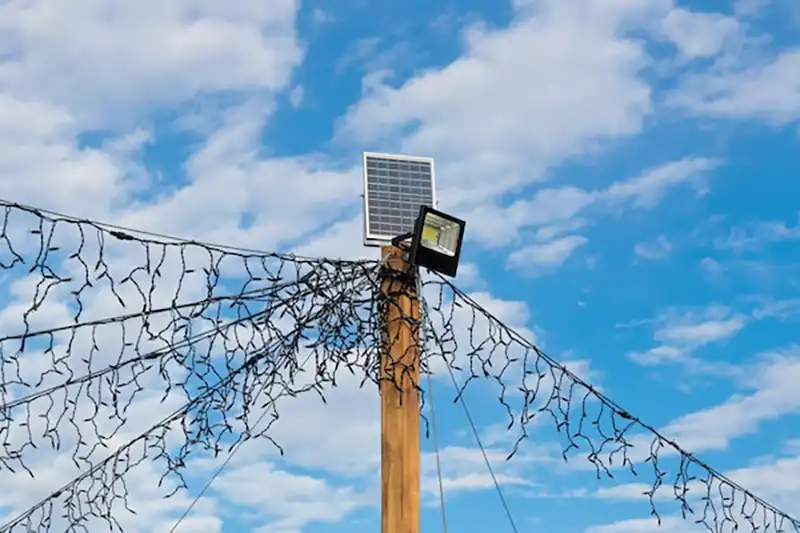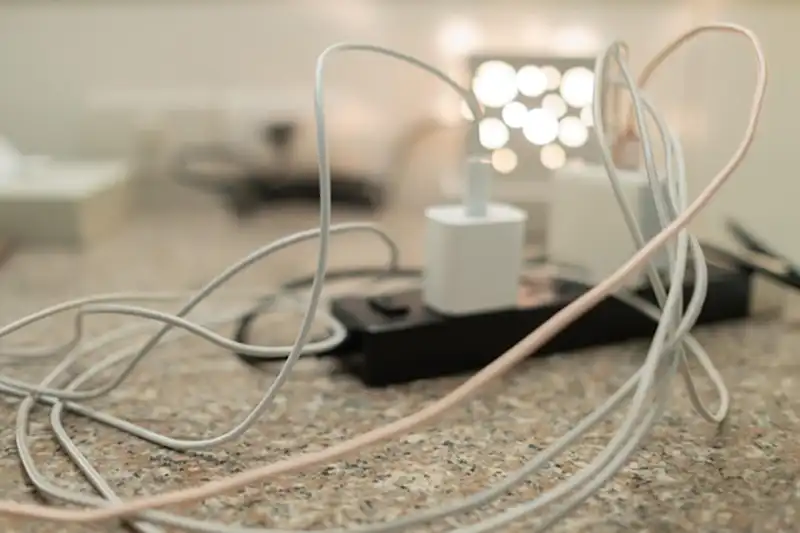Power outages are a major concern for organizations that rely on uninterrupted network infrastructure. Whether it’s a sudden blackout or a scheduled maintenance shutdown, power failures can cause significant damage to network components, data, and overall business operations. If you want to reduce the damage caused by power outages in network infrastructure, implementing proactive strategies can save your network from potential harm. In this article, we’ll explore five effective techniques to minimize the impact of power interruptions on your network.
Invest in Uninterruptible Power Supplies (UPS)
One of the most common and effective ways to reduce the damage caused by power outages in network infrastructure is by using Uninterruptible Power Supplies (UPS). A UPS is a backup power solution that provides temporary power during an outage, giving your network time to either switch to a secondary power source or shut down safely.
UPS systems come in various sizes and capacities, allowing you to choose the right one for your network infrastructure. For critical components such as routers, switches, and servers, a UPS ensures that power loss doesn’t result in an immediate shutdown, protecting against data loss and hardware damage. Additionally, many modern UPS systems come with built-in surge protection, further safeguarding your network devices.
Implement Power Redundancy with Dual Power Sources
Power redundancy is a crucial practice to reduce the damage caused by power outages in network infrastructure. By ensuring that your network components have dual power sources, you can minimize the risk of system downtime during a power failure.
This can be achieved by setting up dual power supplies for servers, networking equipment, and other critical infrastructure components. One power source can be connected to the primary electrical grid, while the other can be linked to a backup generator or a second grid. This setup ensures that if one power source fails, the other will continue to provide electricity, preventing any disruption to your network operations.
Use Backup Generators for Extended Power Outages
While a UPS can provide temporary power during short outages, longer power failures require a more robust solution. Backup generators are a critical tool to reduce the damage caused by power outages in network infrastructure, as they can keep your entire infrastructure running for hours or even days, depending on the size of the generator.
By implementing a generator system, you ensure that your network continues to function during extended power outages. Generators come in various sizes, so it’s important to calculate the energy needs of your entire infrastructure to determine the appropriate generator size. A reliable generator will help you maintain normal operations and avoid potential data loss or downtime.
Regularly Test and Maintain Power Backup Systems
Having power backup systems in place is not enough; you need to regularly test and maintain them to ensure they are operational during an outage. Routine maintenance is vital to reduce the damage caused by power outages in network infrastructure because faulty or outdated backup systems may fail when needed the most.
Schedule periodic testing of your UPS systems, generators, and other backup power solutions to ensure they are functioning properly. Check the battery life of UPS units, replace faulty components, and perform necessary repairs on backup generators. Proper maintenance ensures that your power backup systems are ready for any potential outage, reducing the risk of infrastructure damage.
Implement Power Surge Protection and Circuit Breakers
Power surges are common after power outages when electricity is restored. These surges can damage your network equipment if not properly managed. To reduce the damage caused by power outages in network infrastructure, install surge protection devices and circuit breakers throughout your network.
Surge protectors help prevent sudden voltage spikes from reaching sensitive equipment, like routers, switches, and servers. Circuit breakers provide an additional layer of protection by automatically shutting down the power supply if there is an electrical fault, reducing the risk of fire or further damage to your infrastructure. Ensuring proper surge protection and electrical safety measures is crucial to safeguarding your network components from post-outage electrical spikes.

Frequently Asked Questions
Why is a UPS important for network infrastructure during power outages? A UPS provides backup power during short power outages, ensuring your network devices stay on and have time to switch to other power sources or shut down safely.
Can dual power sources prevent downtime during a power failure? Yes, dual power sources create redundancy, ensuring that if one power source fails, the other can take over, keeping your network operational without interruption.
How do backup generators help during power outages? Backup generators provide extended power to your network infrastructure during long power outages, allowing you to maintain operations and avoid downtime or data loss.
Why is regular maintenance of backup systems necessary? Regular maintenance ensures that your UPS systems, generators, and other backup power solutions are functioning optimally, reducing the risk of failure when a power outage occurs.
How can power surges affect network equipment after a power outage? Power surges, which often happen after power is restored, can cause irreversible damage to your network equipment. Surge protectors and circuit breakers can protect your devices from these spikes.
Conclusion
When it comes to safeguarding your network infrastructure against power outages, adopting the right techniques can greatly reduce the damage caused by power outages in network infrastructure. By using Uninterruptible Power Supplies (UPS), setting up power redundancy, implementing backup generators, conducting regular system maintenance, and using surge protection, you can ensure that your network stays operational even during the most challenging power interruptions.
For more information and expert guidance on improving your network infrastructure, visit Wizland.



